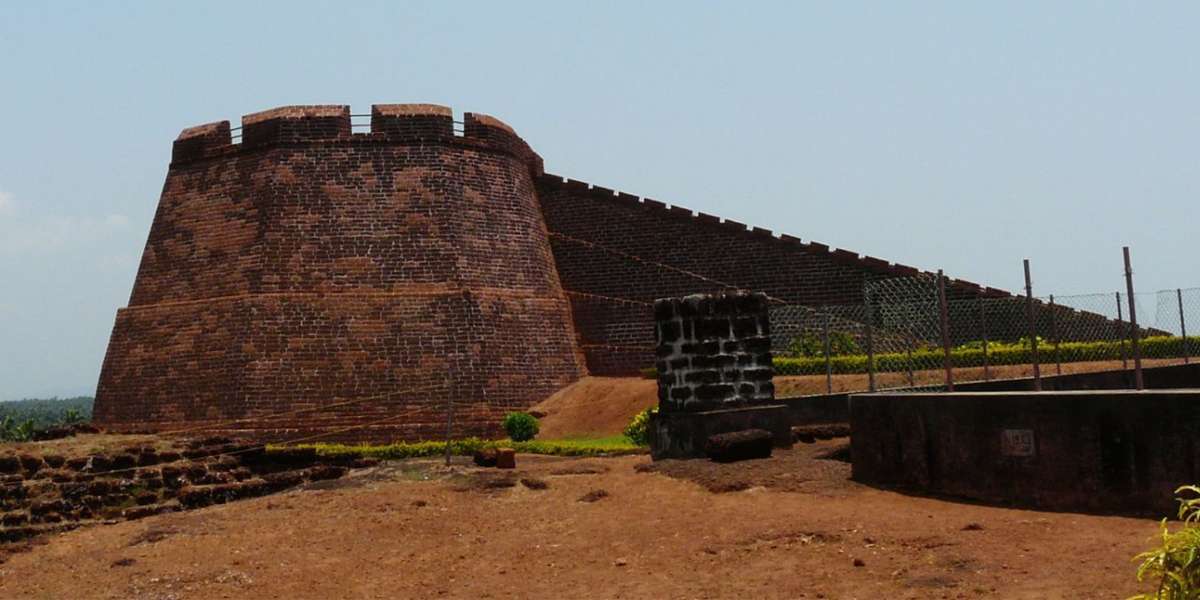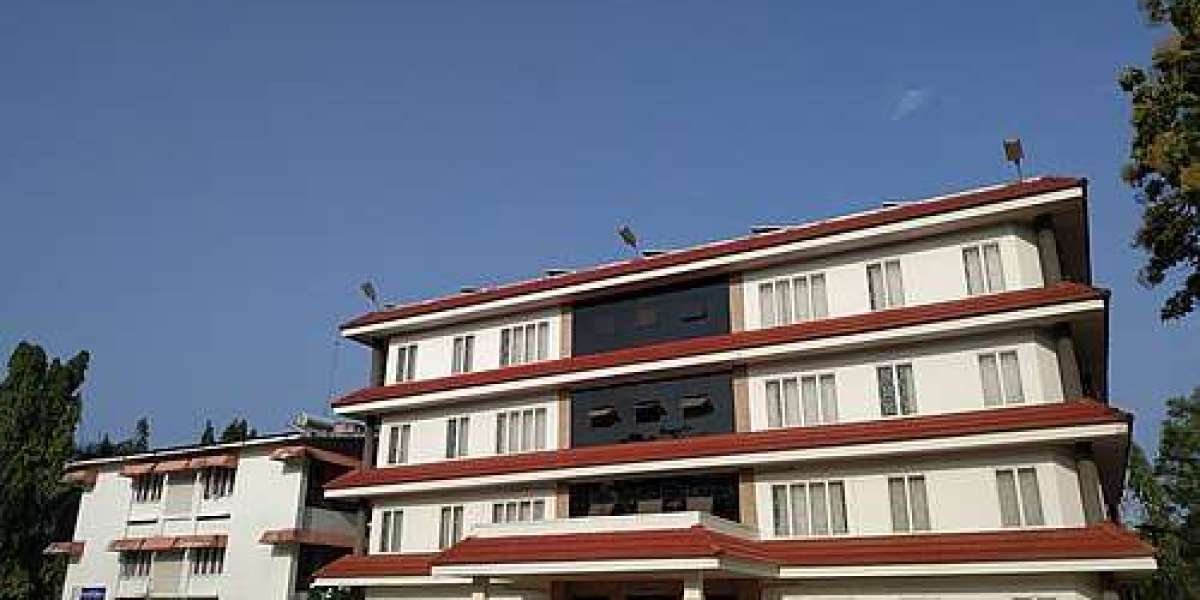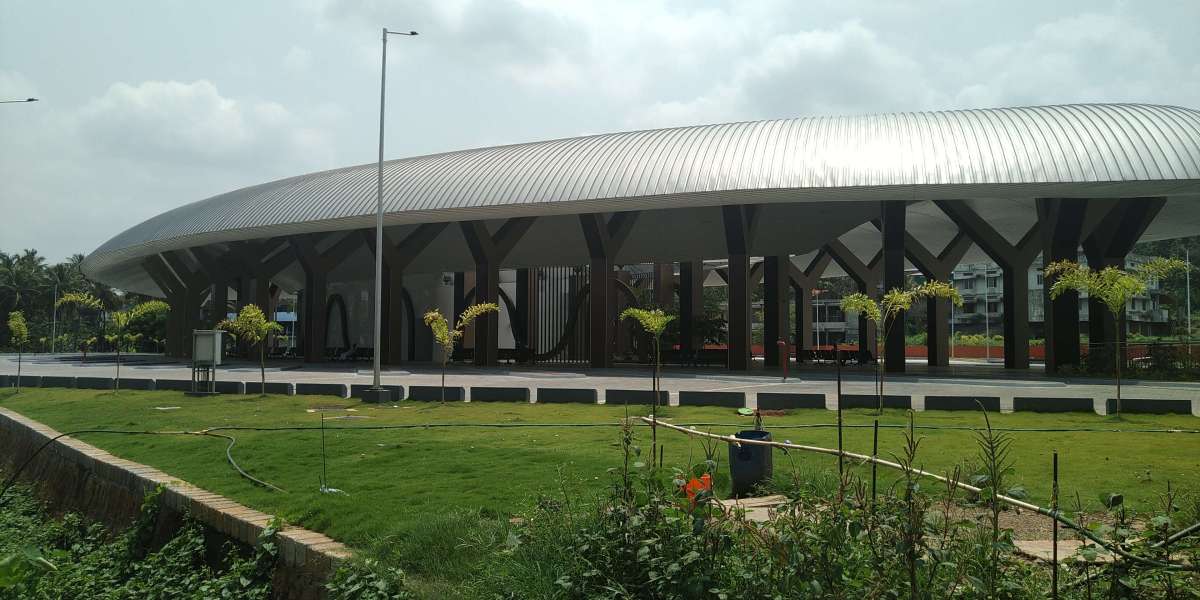Kerala’s Archaeology Department, created in 1962 under the Cultural Affairs Ministry, looks after 116 state-protected monuments spanning rock-cut caves, synagogues, palaces and war memorials, and also curates a dozen-plus museums and palaces such as Hill Palace at Tripunithura, Pazhassi Raja Museum in Kozhikode and Krishnapuram Palace in Kayamkulam. A dedicated conservation wing carries out scientific preservation, from lime-plaster consolidation to digital documentation.
Yet field officers still juggle handwritten registers, tourists struggle to find accurate timings, and priceless discoveries such as the Fatimid-era coins unearthed at Ponmala in 2022, often make the news before the Department’s own website updates. Weone, the citizen-facing super-app built by the startup company Intia with the Local Self-Government Department backing, can change that narrative by turning every mobile phone into a real-time heritage interface.
1. Instant heritage alerts that reach every pocket
Opening-hour tweaks, monsoon-season closures, excavation-site safety advisories or festival-day crowd caps usually travel through press notes and noticeboards. A verified weone “Kerala Archaeology” channel could push time-stamped, geotargeted notifications the moment a decision is taken. Travellers heading toward Edakkal Caves would receive an alert if trekking trails are slippery, while parents planning a Hill Palace visit would know about a children’s pottery workshop three days in advance. Frictionless information flow cuts visitor disappointment and boosts trust.
2. Crowdsourced documentation & 3-D preservation
Photogrammetry projects like Tirtha show that crowdsourced images can generate accurate 3-D replicas of heritage sites at minimal cost. By embedding a “Snap & Save History” tile inside weone, the Department can invite tourists and local residents to upload geo-tagged photos of carvings, inscriptions or structural cracks. An automated back-end stitches duplicate angles into rotatable 3-D models; conservators then receive early-warning flags when erosion or vandalism appears. Over time, Kerala builds an evolving digital archive, indispensable for restoration after floods, earthquakes or unchecked urban growth.
3. Paperless permits for researchers and filmmakers
Academics seeking trench licences at Pattanam or documentary crews wanting to film at Kottappuram now shuffle between district offices and the Secretariat. A weone workflow can simplify the maze: applicants choose a monument, upload project briefs, pay fees digitally, and track approvals in a single dashboard. Internal routing rules send structural queries to the conservation engineer and cultural-sensitivity questions to the epigraphy cell, slashing turnaround time while leaving a transparent audit trail.
4. Volunteer brigades & community stewardship
Kerala’s heritage survives partly because of vigilant local communities. Weone can formalise that energy through micro-volunteering circuits: adopt a milestone, clean a moat, translate an inscription, or guide schoolchildren on weekends. Gamified leaderboards—bronze for five hours, silver for 15, gold for 50, appear on personal profiles and can be redeemed for museum-shop discounts or free entry passes. Such recognition turns passive admirers into active sentinels and multiplies the Department’s reach without ballooning payroll.
5. Merged tourism and learning pathways
Projects like the Muziris Heritage Circuit, India’s largest integrated conservation initiative spanning 25 sites, already hint at immersive storytelling potential. Weone can weave these nodes into interactive heritage trails with GPS-based audio commentary in Malayalam, English and Arabic. Visitors hopping off the Muziris boat ride could scan a QR to explore a virtual reconstruction of the long-vanished port bazaar, compare Roman amphora fragments, and buy a combined e-ticket that covers the synagogue, palace and fort, reducing queueing, paper litter and revenue leakage.
6. Real-time dashboards for data-driven policy
Each notification opened, ticket scanned, grievance logged or photo uploaded produces anonymised analytics. Officers can visualise weekend surges at Bekal Fort, weekday lulls at Koyikkal Palace, or conservation-risk hotspots flagged by photo algorithms. Evidence replaces conjecture in budget allocation: if rainfall damage alerts double in northern districts, waterproofing grants shift there automatically in the next plan cycle.
7. Emergency response & security integration
Vandalism, illegal treasure hunting or fire threats demand minute-level action. A “SOS Heritage” button inside weone lets locals ping the control room with coordinates and a picture. The alert also flashes on the nearest police unit’s handset, enabling joint response. Faster containment protects irreplaceable murals and idols, while digital footprints aid prosecution.
Implementation milestones
Quarter | Milestone | Impact |
Q1 | Official channel + push alerts live at 20 museums | Accurate visitor info |
Q2 | Permit & ticket modules integrated | Less paperwork, higher revenue |
Q3 | Photo-crowdsourcing pilot across 10 monuments | Early crack detection |
Q4 | Volunteer leaderboard + SOS rolled out state-wide | Community ownership & rapid response |
A win-win compact: citizens, scholars & the state
Kerala already shows what inclusive heritage can look like—community-run palaces, synagogue tours led by local women, indigenous stories stitched into museum labels. Weone adds scale and speed, turning scattered efforts into a cohesive, tech-layered movement.
- Citizens gain richer experiences and a voice in preservation.
- Researchers navigate seamless digital bureaucracy and access bigger datasets.
- Government earns visible goodwill, real-time intelligence and higher site income.
By letting heritage and smartphones shake hands, the Department moves from guarding relics to cultivating living, breathing history. When every alert, selfie and volunteer hour loops back into conservation, Kerala proves again that future-ready governance can also be past-friendly.
Weone is ready; the ruins are calling. Let’s answer together.







